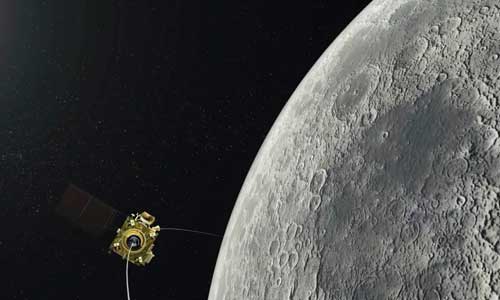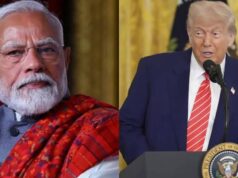Chandrayaan-2 : ISRO readies for landing module separation

The landing module, comprising lander Vikram and rover Pragyan, will separate from the orbiter on Monday (September 2) or early Tuesday
After the integrated spacecraft is stabilised in an orbit ideal for separation, Isro will load the sequence of commands for the separation, which will then be autonomously executed by the onboard systems
In what will be another major milestone for India’s Chandrayaan-2 mission, the landing module (lander Vikram and rover Pragyan) will separate from the orbiter on Monday (September 2) or early Tuesday. Although Isro has officially announced that separation would happen on September 2, as of Friday, the space agency’s plans show that the landing module separation is scheduled for 12.10am Tuesday.
“Generally, the timing for manoeuvre isn’t finalised until the day of the operation. We have estimates and sometimes a manoeuvre can be carried out a few hours before our first estimate and sometimes it may be a few hours after our first estimate,” one scientist justified.
Right now, Chandrayaan-2 is an integrated spacecraft comprising the orbiter on which the lander module is attached. While preparations for the separation has been going on at ISRO for at least three days now, with the mission control finalising the sequence of events, the separation itself will take only a fraction of a second.
After successful manoeuvres on August 30 and September 1, the integrated spacecraft has reached an orbit ideal for separation. A senior scientist overseeing Chandrayaan-2 mission, said that once it is in the right orbit, the commands will be sent, and in a matter of less than a second Vikram would have separated from the orbiter.
“It will all be very very quick, the process is similar to how a satellite separates from the launch vehicle,” Isro chairman K Sivan told TOI.
How It’s Done ::
On Monday, after the integrated spacecraft is stabilised in an orbit ideal for separation— which is estimated to be 121km X 125km— Isro will load the sequence of commands for the separation, which will then be autonomously executed by the onboard systems.
The cylindrical structure on top of the orbiter— the extension of the fuel tank— is where the lander with the rover inside it is sitting. Both these modules are held together by clamps with two bolts.
A scientist from the Isro Telemetry, Tracking and Command Network (Istrac) centre in Bengaluru, which is controlling Chandrayaan-2, said: “Two halves of a metal flat spring are used to hold orbiter and lander. The springs are pre-loaded using two bolts. These bolts will be sheared and once these two bolts are cut the lander gets released.”
Another scientist, while stating that this method is simple, reliable and has extensive flight history, said that the systems are released by operation of a pyrotechnic bolt cutter to cut the bolts that hold the clamp.
“This system has high strength and stiffness when clamped and releases quickly—typically in less than 50 milliseconds when command is given. Both of these operational characteristics are considered very important,” the scientist said.
Once the separation is successful, India will only be less than a week away from Moon landing, which is scheduled for 1.55am on September 7. And, a successful landing will make it only the fourth country after the US, Russia and China to have achieved such a feat.
Post Seperation Activity :
On September 3, a day after the separation, the mission control centre in Bengaluru will run a ‘health check’ on Vikram and on September 4, Isro will do a de-orbit manoeuvre for 6.5 seconds to put Vikram in the lunar landing mode.
“We will check the parameters when the lander is in a 35km x 97km orbit. At 1.40am on September 7, the powered descent will start, and at about 1.55am, the lander will make the touchdown. Four hours later, the rover will roll out,” Sivan had said earlier.




